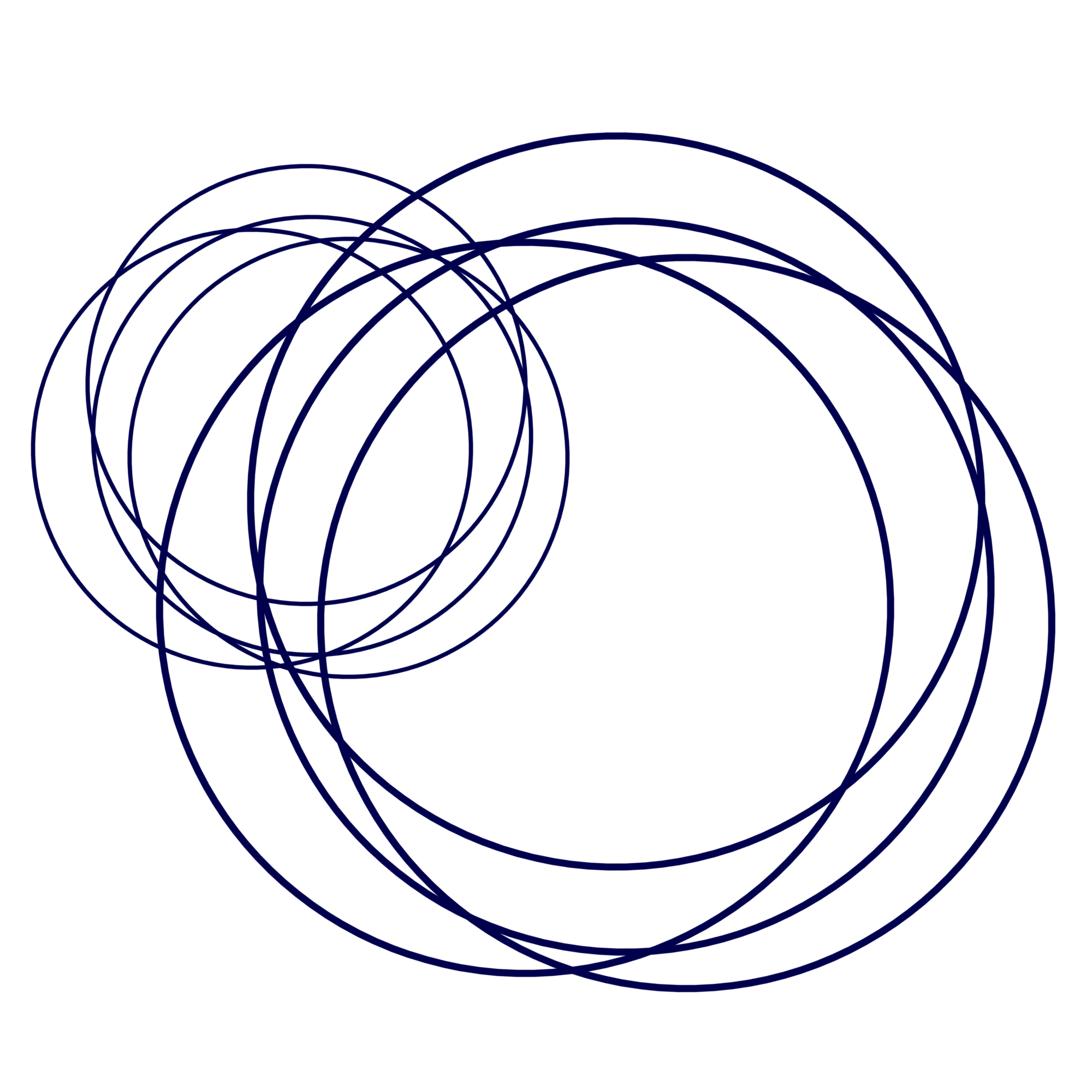Creation Date
1760
Height
41.5
Width
54.7
Medium
Genre
Description
This etching includes a prominent instance of the architectural impossibilities that appear throughout the Carceri. “The Gothic Arch,” the title bestowed by later scholars, refers to the pointed arch that nearly meets the upper margin of the image. Tracing the arch to its foundations leads our eyes down along two supporting walls to an illuminated staircase that, improbably, cuts between the two walls.
The impossible spatial configuration that meets in the gothic arch is illuminated against shadows of receding depths. Ropes cut curved lines in the spaces between walls, composed of thick blocks, that are connected by walkways. Interplays between open and closed space are amplified by the light that enters through a grate in the upper right corner, which hints that this prison may, like many actual eighteenth-century prisons, be underground. Prison architecture, organization, and reform were topics in British and Italian philosophical and legal discourses, in works by Jeremy Bentham (1748-1832) and Cesare Beccaria (1738-1794).
The Carceri do not resemble Bentham’s panopticon, and the more relevant discourses are those of public taste and theatrical design. Piranesi was well acquainted with the stage sets of the Bibiena brothers Ferdinando (1657-1743) and Francesco (1659-1739), which employed scena per angolo, a perspective method by which two vanishing points in an architectural interior allow for larger spaces to appear in single visual planes. This technique expanded the space that could be represented within the limits of either a narrow theatrical stage or, of course, a two-dimensional page. Piranesi exploits and turns its principles inside out, startling geometry, with his imaginative dungeons.
Such structural configurations suggest the “sublime dreams” able to “startle geometry” that Horace Walpole, the author of the Castle of Otranto, praised in Piranesi’s works when he urged his readers to:
study the sublime dreams of Piranesi, who seems to have conceived visions of Rome beyond what it boasted even in the meridian of its splendour. Savage as Salvator Rosa, fierce as Michael Angelo, and exuberant as Rubens, he has imagined scenes that would startle geometry, and exhaust the Indies to realise. He piles palaces on bridges, and temples on palaces, and scales heaven with mountains of edifices. Yet what taste in his boldness! What grandeur in his wildness! what labour and thought both in his rashness and details! (Walpole, 4:398)
Romantic-era authors responded to the energy and seeming irrationality of the Carceri, and some cultural critics have posited psychological frenzy or syphilitic fever as their inspiration. From his first biographers to the influential reading of Marguerite Yourcenar, the prisons have been discussed as “dark images resulting, it is said, from a bout of fever” (95). Critical approaches to Piranesi’s body of work are, in a general sense, widely split between approaches from art history and those from architectural theory, with his works primarily being discussed for their historical, biographical, or compositional value in the former and their conceptual and metaphorical suggestiveness in the latter. In the case of the prisons, that divide is wide. Art historians have, in the past four decades, identified their controlled technique, perspectival designs, thorough incorporation of visual genres, and engagement in debates about architectural practice, theory, and patronage in mid-century Rome. Symbolic interpretations have alternatively emphasized their spatial ambiguities, indistinct and menacing sources of absent power, and their simultaneous suggestions of restraint and expansion. From their very title, these works present endless prompts for interpretation and inspiration.
Publisher
Firmin Didot
Collection
Accession Number
NE 662.P5 A2 vol. 8
Additional Information
The versions of the etchings included in this exhibit come from the Didot edition of Piranesi’s Opere [Works] published in Paris between 1835 and 1839. They thus of course represent the final state and include any reworking for printings that followed the plates’ original pressings. The journey of Giambattista Piranesi’s original copper plates from Rome to Paris is directly tied to international military and state affairs. In 1798 during the upheaval following the French Revolution, Neapolitan troops invaded Rome. The Piranesi print shop and museum was ransacked, and all of the copper plates stolen. Francesco appealed to French officials to have the plates returned; after an interception by an English warship, the plates were reunited with Francesco and his brother Pietro, who had both fled to Paris. After Francesco’s death in 1810 and many potential and actual sales, the plates were eventually acquired by the Didot press. A dynastic printing house for two centuries, the Didot family were major innovators in printing and recipients of international awards for typography.

